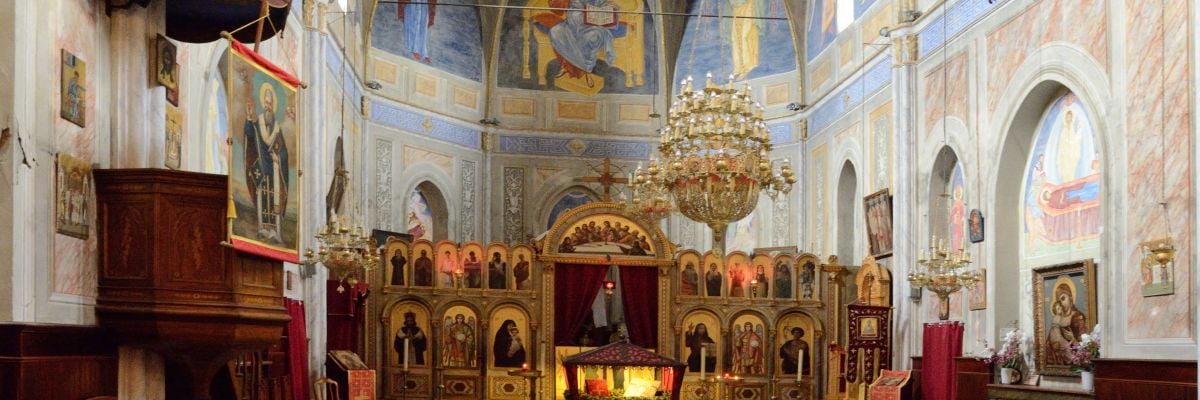
Question:
Answer:
The Byzantine rite is one of several Eastern rites recognized by and in full communion with the Bishop of Rome. Its origin can be traced to the ancient city of Byzantium (modern-day Istanbul), renamed Constantinople when the emperor Constantine relocated his capital city there from Rome in A.D. 330.
Although in full communion with the Church in the West, the Byzantine rite retains distinctive features. Byzantine churches are beautifully adorned with icons, and the sanctuary is separated from the congregation by an iconostasis, a screen covered with icons. Leavened bread is used for the consecration of the body of Christ in the liturgy (not called the “Mass” in Eastern rites), which is either the liturgy of St. John Chrysostom or that of St. Basil the Great. Communion is received under both kinds and administered by the priest from a spoon.
Byzantine Catholics operate under a different code of canon law. They also celebrate a somewhat different liturgical year with some unique feasts and saints. In addition to Lenten fasting prior to Easter, they also fast before Christmas, the Feast of Sts. Peter and Paul, and the Assumption.
Chrismation is simply another term for the sacrament we know as Confirmation. Following ancient custom, it is administered in the East to infants at the time of their baptism, along with the Eucharist.
Latin-rite Catholics are often surprised when attending a Byzantine liturgy (which you are free to do at any time and which does fulfill your obligation to attend Mass) to find more prayers for the pope than in the Latin liturgy.
For more reading, see our encyclopedia entry.


